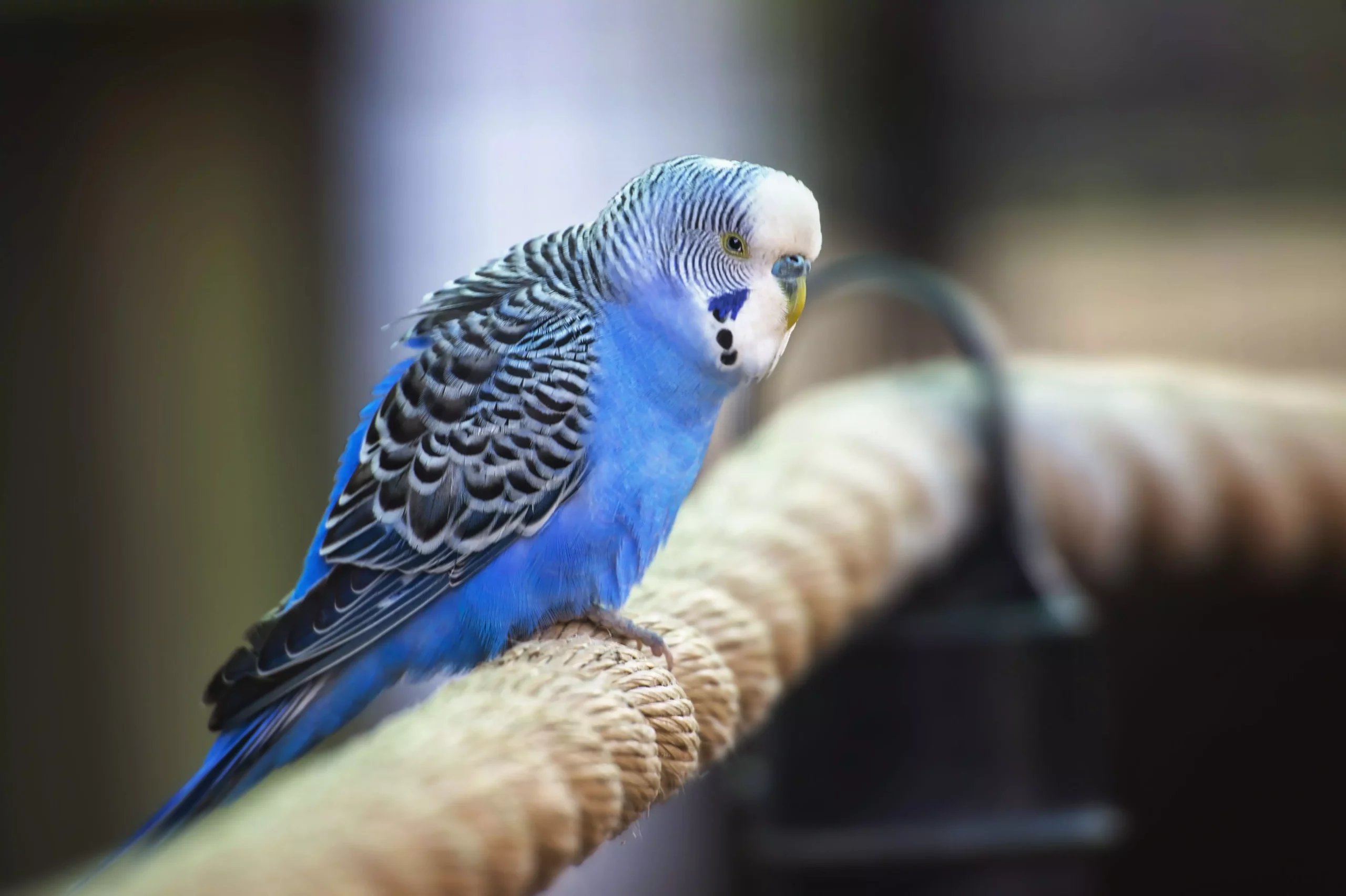When it comes to avian companions, parakeets often stand out due to their vibrant colors, playful disposition, and remarkable intelligence. However, the broad classification of parakeets can be quite perplexing, even for experienced bird enthusiasts. The term “parakeet” often includes a variety of small to medium-sized birds with distinctive long tails. Although budgerigars, commonly known as budgies, are one of the most recognized species, they belong to a much larger family of birds that collectively fall under the umbrella of parakeets. It is crucial to clarify, however, that not all parrots can be categorized as parakeets, marking a clear distinction within the avian world.
In essence, parakeets are smaller, hook-billed birds generally characterized by their lengthened tails, setting them apart from their larger parrot counterparts, such as macaws and cockatoos. This differentiation is further complicated by the existence of various groups within the parakeet classification, leading to ongoing debates among aviculturists and ornithologists regarding the precise taxonomy of these birds.
Parakeets are often divided into several groups based on geographical origin and certain physical traits. The Asiatic Parakeets, for instance, include species like the Indian Ringneck, the Alexandrine, and the Moustache Parakeet. Hailing from regions near India and Indonesia, these parakeets share similarities in both appearance and behavior, classified under the genus Psittacula. Their shape, size, and social behaviors are largely influenced by their shared habitat, reflecting adaptations to their environment.
On the other hand, Grass Parakeets, which are indigenous to Australia, comprise a different classification. Species such as the Bourke’s Parakeet and the Rosella are included in this group, showcasing their adaptability to grassland ecosystems. These parakeets, while differing in appearance due to their adaptations to their local environments, still maintain the elongated tail characteristic common to parakeets.
Despite these classifications, numerous parakeet species refuse to conform to a binary categorization. For example, the Lineolated Parakeet and the Red Rump Parakeet introduce further complexity into the classification system. Furthermore, the debate surrounding Conures, often argued to belong within the parakeet family, showcases the dynamic and sometimes contentious discussions that exist in the avian community.
What universally attracts people to parakeets is their remarkable intelligence coupled with a highly social nature. These birds not only possess the ability to mimic human speech but also display a range of behaviors that reflect their strong bonding capabilities. When nurtured from an early age through consistent interaction—such as hand-feeding and cuddling—parakeets develop deep connections with their human caretakers. This emotional engagement transforms them from mere pets into cherished companions.
However, potential bird owners need to be fully aware of the responsibilities that come with adopting a parakeet. Unlike many traditional pets, parakeets thrive on social interaction. Neglecting to spend adequate time with these birds can lead to feelings of loneliness, boredom, and potentially severe behavioral issues. Healthy, balanced diets that include specially formulated foods are also critical to their well-being.
Before deciding to bring a parakeet into your home, it is imperative to consider your lifestyle and the commitment required for fostering a happy and healthy bird. Such considerations should involve evaluating your availability for daily interaction and ensuring a safe, stimulating environment for your feathered friend.
Connecting with local avicultural societies, breeders, or seasoned parakeet owners can provide invaluable insights into the specific care requirements and characteristics of various parakeet species. By understanding these needs and committing to a quality relationship with your avian companion, you can expect to experience the joy and companionship that parakeets can bring to your life. As affectionate and intelligent beings, they not only enhance the home environment but also encourage social interaction, making them ideal pets for many households.

